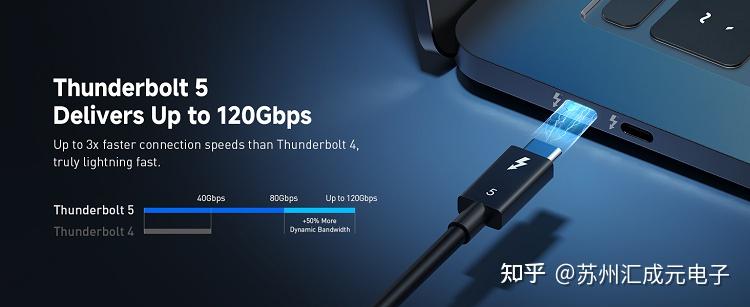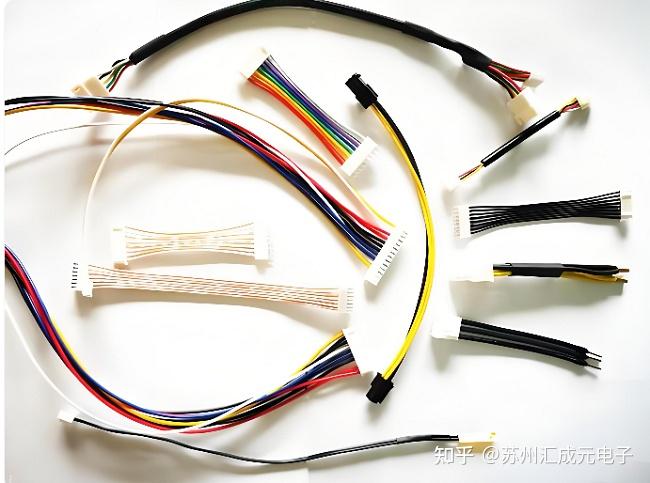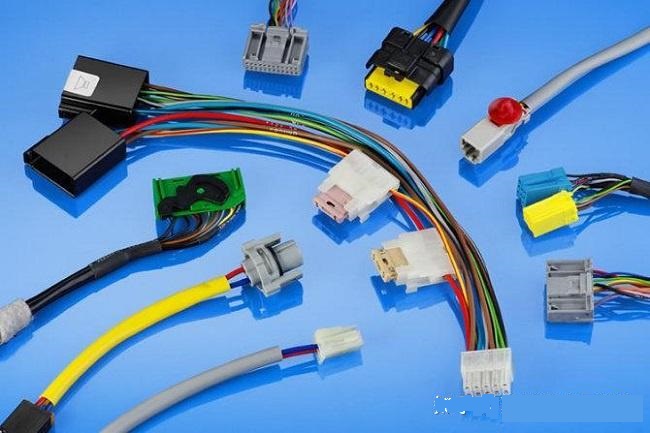Categorization:Harness Component
Today, with electronic devices fully stepping into the "high-speed era," interface bandwidths are continuously increasing from USB4, Thunderbolt 4, to PCIe 5.0, MIPI D-PHY, and eDP HBR3. However, many engineers have encountered such confusion during the debugging process: the chip performance fully meets the standards, and the simulation data is perfect without any errors, but once the whole machine assembly stage is reached, signal quality frequently goes wrong.
What's the problem?—The answer is often hidden in the most overlooked place: cables.
The bottleneck is not in the chip, but in the "physical layer".
In high-speed interface transmission, it is not only the chip performance that determines signal integrity, but also the comprehensive performance of the entire channel. This channel includes PCB routing, connectors, and cable structure.
In the era of low-speed applications, traditional solutions such as multi-core wires, FFC, and ribbon cables are still able to meet the requirements. However, when the rate exceeds 6Gbps, 10Gbps, and even higher, issues such as crosstalk, reflection, insertion loss, and impedance discontinuity will be infinitely amplified. Even a few centimeters of error may lead to eye diagram collapse, increased bit error rate, and eventually trigger system anomalies.
This means that in high-speed signal systems, "the details of the physical layer" determine success or failure.
Why "cable" becomes the biggest bottleneck for high-speed transmission
Line diameter and medium loss issue:
In high-frequency environments, traditional copper wires exhibit skin effect, with signals only propagating on the surface of the conductor. This results in a reduced effective transmission area and an increased insertion loss.
Inaccuracy in shielding and impedance control
High-speed differential signals require strict characteristic impedance matching (such as 90Ω or 100Ω). Ordinary cables are difficult to achieve consistent matching over the entire length, which easily leads to reflections and timing differences, and in severe cases, even data misalignment.
Flexibility and bending issues:
The internal space of high-speed equipment is compact, and the harness often needs to be repeatedly bent. After multiple folds, the shielding layer of ordinary wire material is prone to damage, leading to a decline in EMI performance, which in turn affects signal integrity and long-term stability.
In summary, the most vulnerable link in high-speed signal systems is often not the chip or protocol, but rather the unremarkable connection cables.
Unique Advantages of Micro Coaxial Cable
The extremely thin coaxial cable (Micro Coaxial Cable) is specifically designed for high-speed signal transmission. Each signal line has an independent shielding layer, which allows it to maintain excellent electrical performance and anti-interference ability in a compact space.
Characteristic impedance adjustable: can be accurately designed as 50Ω single-ended or 100Ω differential to ensure minimum signal reflection.
Low-loss medium: commonly used FEP, PTFE and other high-frequency insulating materials, insertion loss is much lower than that of ordinary cables.
High flexibility structure: Suitable for wiring in narrow spaces such as laptops, camera modules, industrial displays, AI modules, etc.
With the popularity of 8K image transmission, AI edge computing, and autonomous driving systems, micro coaxial cable is gradually replacing traditional wire harnesses and becoming the key channel for the "last mile" of high-speed interfaces.
The performance bottleneck of high-speed interfaces is often not "insufficient bandwidth," but rather a mismatch in transmission channels. When the speed reaches tens of Gbps, every physical detail—from shielding methods to material media, from impedance control to structural design—is determining whether the signal can be transmitted stably.
Among numerous solutions, micro coaxial cable stands out due to its precise structural control and excellent electrical performance, becoming an indispensable core component in modern high-speed interconnects.
I am[Suzhou Huichengyuan Electronic]Focusing on the design and customization of high-speed signal cables and ultra-fine coaxial cables, providing customers with high-performance and reliable interconnection solutions. If you have related needs or would like to learn more, please contact:Manager Yin 18913280527 (WeChat number same)。